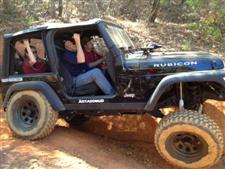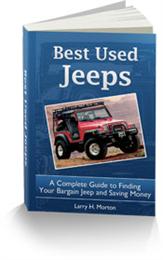Seasons of the Winch
by David Beran
(TransAmericanAutoParts.com)
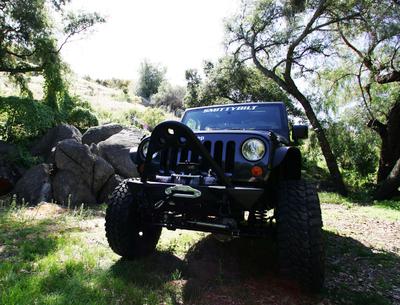
When it comes to recovery Jeep parts winches are the cornerstone of a Jeeper’s toolbox, and their sheer muscle comes in handy if you run into trouble on the trail.
Line speed, motor output, load capacity, and weight are the main features off-roaders look for in winches. Few other Jeep parts are as versatile and capable of pulling your Jeep out when you’re stuck, or helping you make it up and over obstacles of all shapes and sizes.
Different seasonal settings dictate the need for a winch, and Smittybilt brand manager Glen Kukula is quick to point out that regional climates also factor in. “In the Southeast it’s swampy nearly year round so the muddy conditions make winches a necessity,” he says. Smittybilt took this into consideration and their new line of Gen2 XRC and X20 winches are all waterproof with protected internals to prevent rusting.
Here’s a breakdown of different seasons and how Jeep winches function during each time of the year.
Spring
Spring means snow is melting and making for muddy conditions. When April showers hit, the rain adds more water to off-road trails and can make that mud a real hazard. “In the spring, people in Tennessee are getting ready for rock crawling and mudding events,” says Ben Murray, 4 Wheel Parts Memphis store manager. “We get our fair share of rainfall and off-roaders are out wheeling in it, so they end up needing winches.”
Winch-related Jeep accessories that off-road enthusiasts flock to as the weather warms up include winch bumpers, mounting kits, and covers. “Spring brings a lot of the Jeep guys out in Texas so it coincides with the popularity of winches,” says Scott Moehl, sales associate at the Dallas 4 Wheel Parts store.
Summer
Summertime means more adventuring and over-landing in summer streams or crawling over boulders, which is a blast until you get hung up on rocks or
“Another reason Jeep owners prefer the synthetic line winches is because of their weight differences,” points out Moehl. “You can save about 40 pounds of extra weight on the front ends of lightweight Jeeps.” Lighter winches are more portable and can get you out of most of the jams you’ll run into during the warmer months.
Fall
Hunting season traditionally kicks off in early November and off-roaders like to be prepared before they head out to the backwoods. “In the fall, duck and deer season hunters pick up winches,” says Murray. Even though most hunters are in groups, a good winch can be an indispensable lifesaver if you’re hunting solo.
“For hunting season in Texas, people are going out to remote locations and sometimes getting into trouble, so winches come in handy,” says Moehl. In autumn, rain picks up again after the relatively dry summer months and off-roaders are bound to run into more mud and require winching.
Winter
Off-roading largely goes into hibernation during the wintertime in most parts of North America, but the exception is out West where the weather is milder. “During the winter months people are out crawling the deserts looking for mud pits, so we see an uptick in people buying winches,” says Nick Gulalo, Redondo Beach, California 4 Wheel Parts store manager.
Occasionally, Jeepers will get the itch to go wheeling in the snow and getting stuck in a snowdrift necessitates a good winch. When you need to get leverage in snowy, icy conditions, waterproof Smittybilt X20 winches are ideal for snow recovery.
David Beran is a Copywriter at 4 Wheel Parts
|
Show Off Your Jeep on this Website for Free.. All Jeeps Were Not Created Equal! This easy to read ebook compares them all. 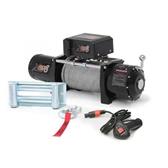 Winches Made for Your Jeep. Now winches are better made and cheaper to buy than ever! 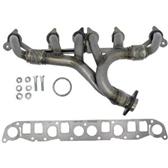 Jeep Exhaust Manifolds. They crack and leak. Replace yours at the best price possible. 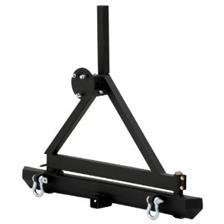 Jeep Bumpers and Tire Carriers. Replace those weak original bumpers and spare tire carrier. Your Jeep will be more functional and look cool too!  Jeep Rock Rails/Sliders. Protect your Jeep's vulnerable Rocker Panels...and look awesome at the same time!  Larry Morton, owner 4-The-Love-of-Jeeps.com They Give So We Can Be Free! |







